OUR HISTORY
In the heart of Oslo stands Hotel Christiania Teater, an iconic landmark housing more than a century of culture, history, and emotions. Inaugurated in 1918, this Nordic Neo-Renaissance gem on Stortingsgata has played many parts. It has acted as a fairground, concert hall, vaudeville theater, cinema, and even Norway’s first opera stage. Today, it boasts a show-stopping hotel; a home to the big emotions.
Let us raise the curtain and share our story – from its beginnings in 1918 to the present day.
Opera Comique
Stortingsgata 16, designed by architect Henry Fearnley Coll in collaboration with Danish architect Hack Kampmann, opened as Opera Comique in 1918. Before that, Café Cardinal stood on the site, but it was torn down to make room for the new theatre. It was here that world-renowned opera singer Kirsten Flagstad began her career.
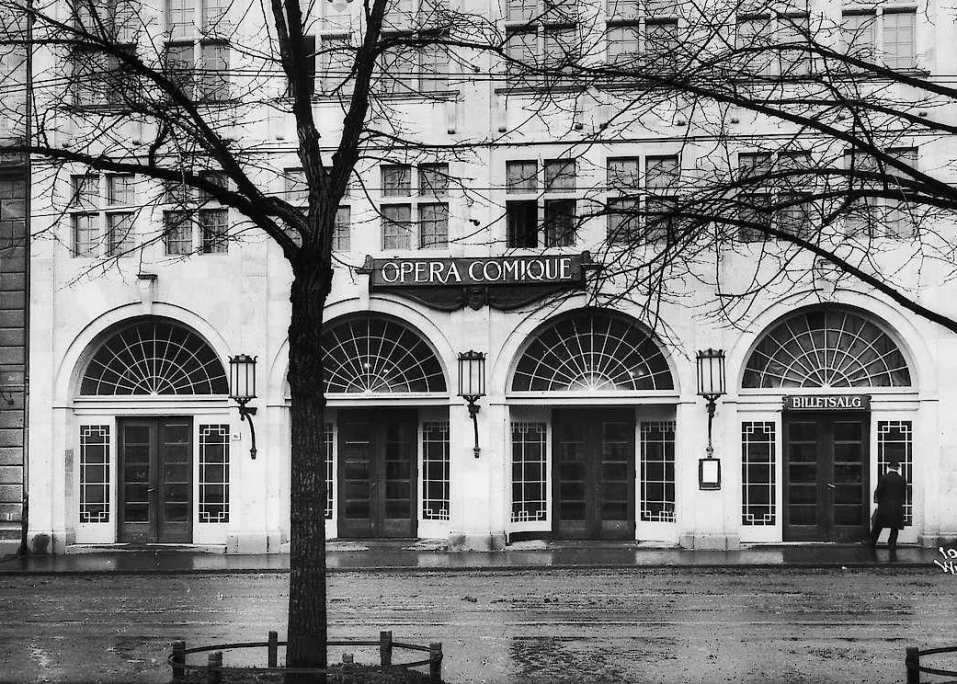
Casino
Just three years later, in 1921, the building took on new life as a revue and operetta theatre under the name Casino. Swedish revue king Ernst Rolf dazzled audiences with lavish Norwegian versions of his famous productions – filled with song, dance, extravagant costumes, and glittering stage shows.
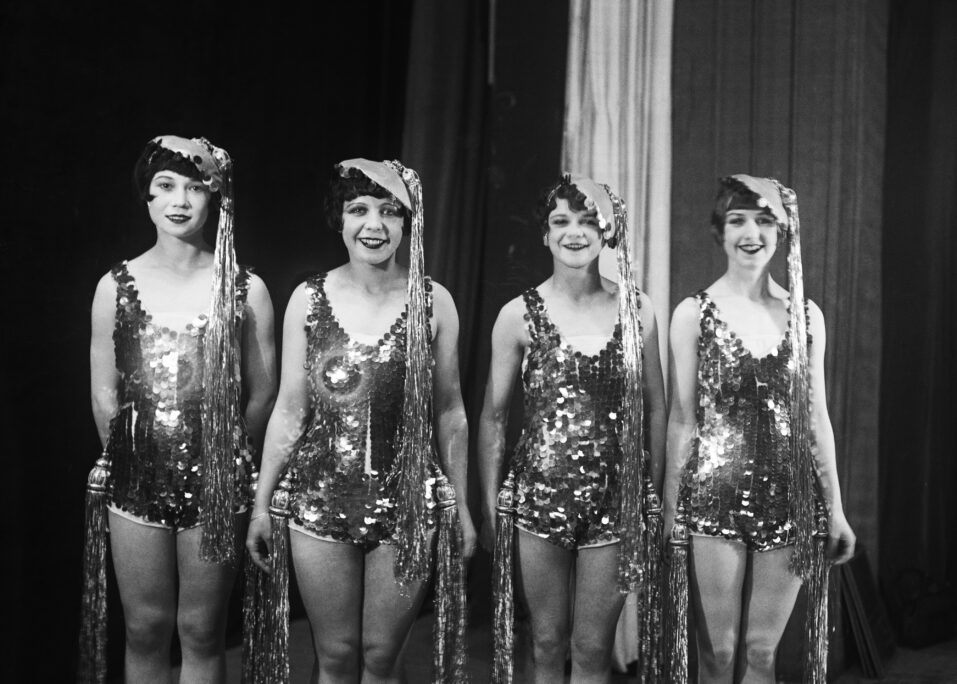
Oslo Kinematografer
In 1928, the venue was taken over by Oslo Kinomatografer (Oslo Cinemas), but three years later the building was severely damaged by a fire. It was subsequently reconstructed in Nordic Neo-Renaissance style by Henry Fearnley Coll and Hack Kampmann.
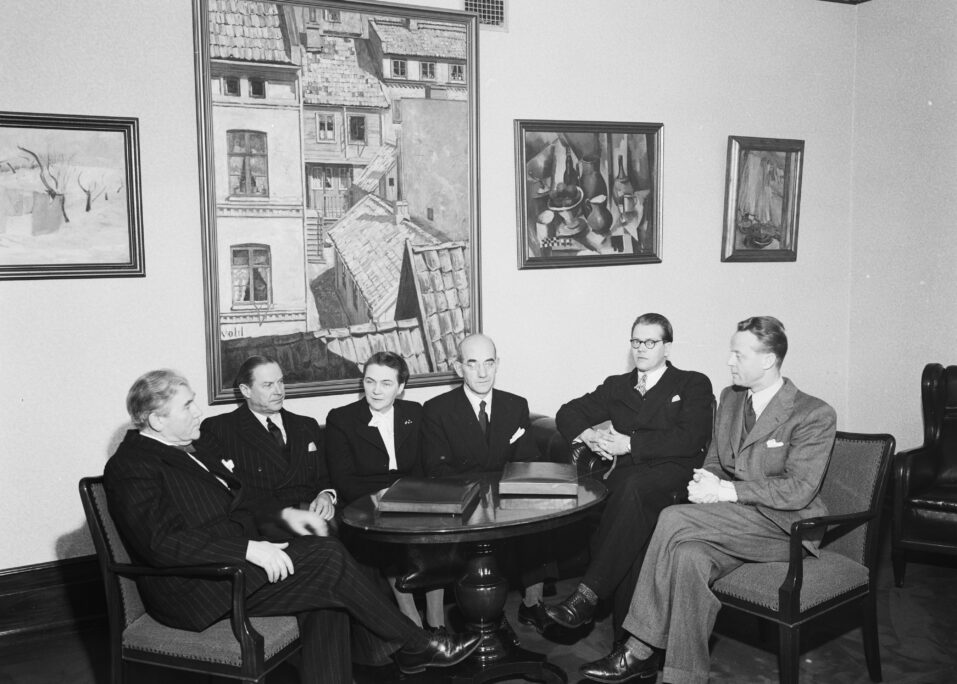
Die Deutches Theater
During the German occupation of Norway, the building served as headquarters for Nazi propaganda and operated under the name Die Deutsches Theater. Here, Reichskommissar Josef Terboven held regular briefings for German troops. Major alterations were made to the theatre, including an extension to the stage and a private box on the balcony for Terboven.
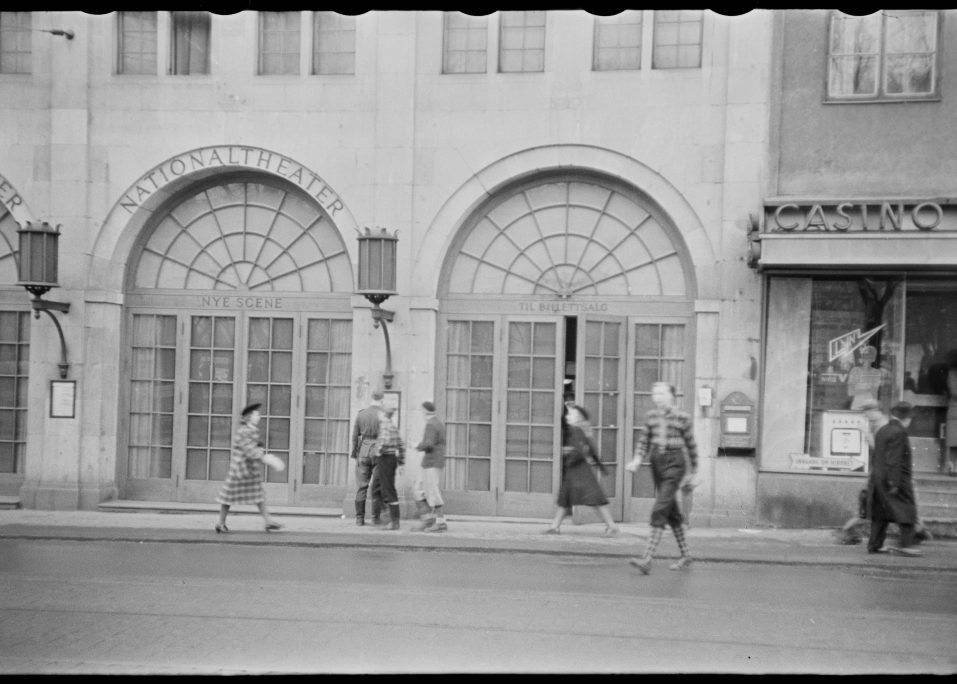
Det Norske Teateret
After World War II, in 1945, Det Norske Teatret moved into the building and remained there until 1985. During this period, the theatre staged numerous classic and contemporary productions, including musical successes like Oklahoma! in 1949 and West Side Story in 1965, both of which premiered in Norwegian Nynorsk for the first time.
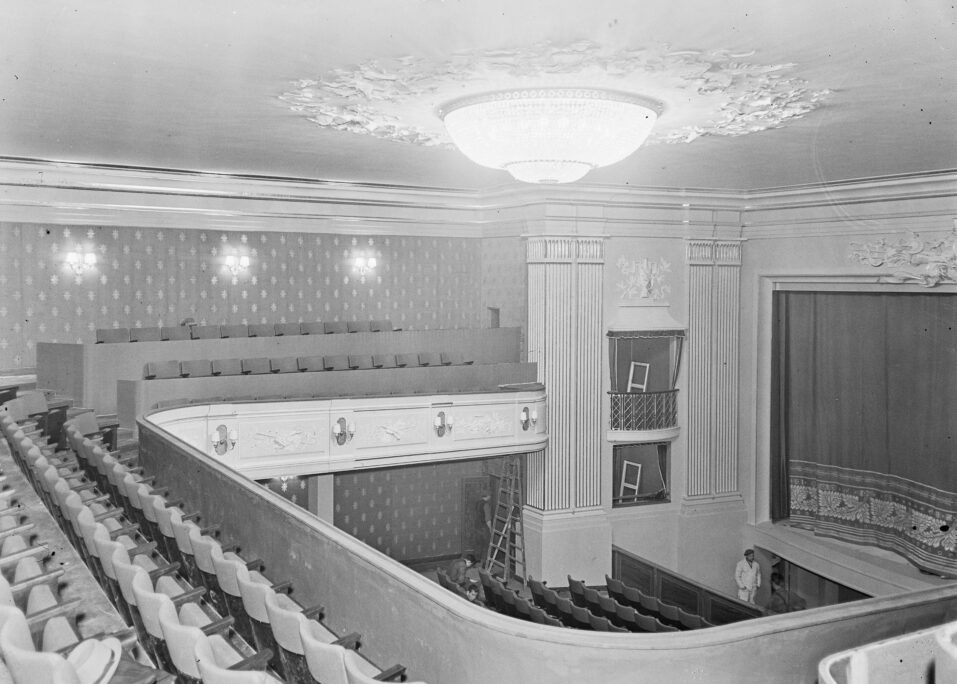
Filmteateret
The building was later reclaimed by Oslo Kinematografer and renamed Filmteatret. After renovations led by architect Kjell Castberg Voss, the cinema reopened in 1985 with Ran – a grand Japanese film based on Shakespeare’s King Lear. Filmteatret became a venue for quality films with strong appeal to adult audiences and hosted several important milestones, such as the centenary celebration of cinema in Norway.
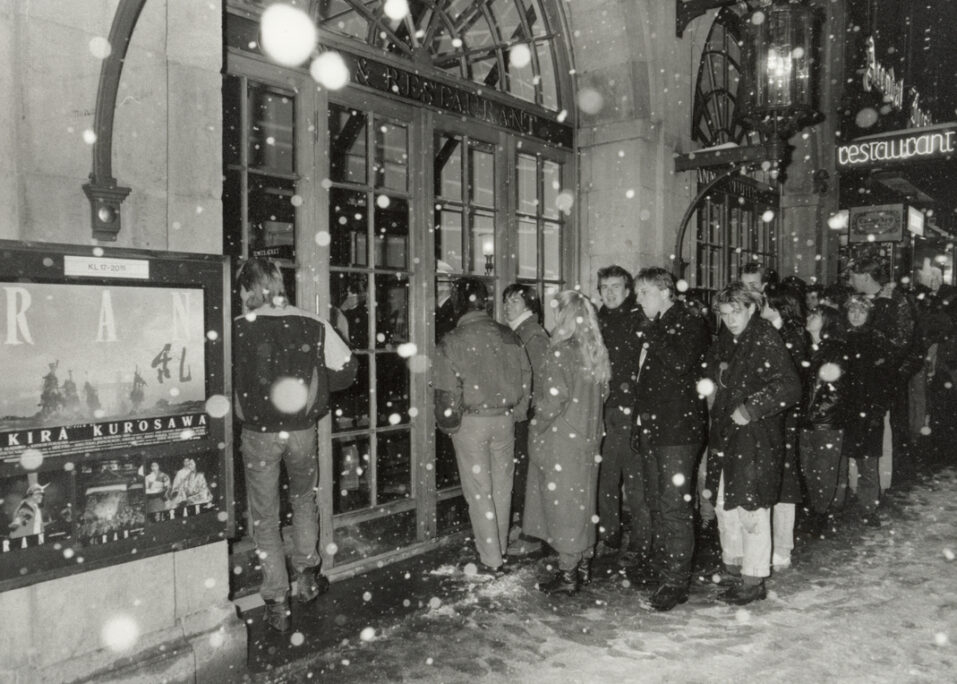
Hotel Christiania Teater
In 2006, the building was named Christiania Teater, and by 2010, it had been converted into a hotel under the DoubleTree by Hilton brand. In 2014, Petter Stordalen acquired the property, and Hotel Christiania Teater as we know it today was established. Since then, Stortingsgata 16 has balanced many roles – as a welcoming boutique hotel, a spectacular theatre, a lively bar, and a tasteful restaurant.
Stortingsgata 16 was officially protected by the Directorate for Cultural Heritage in 2015. In 2022, the building was acquired by Eiendomsspar, led by Christian Ringnes. The following year, a major renovation began. The upgrade included the renovation of more than 100 rooms, the development of new rooms, and enhancements to both interior and exterior façades.
Today, Hotel Christiania Teater is part of Strawberry, as an independent hotel within the Nordic Hotels & Resorts collection – where historical soul meets modern comfort, and unforgettable moments take center stage in the heart of Oslo.
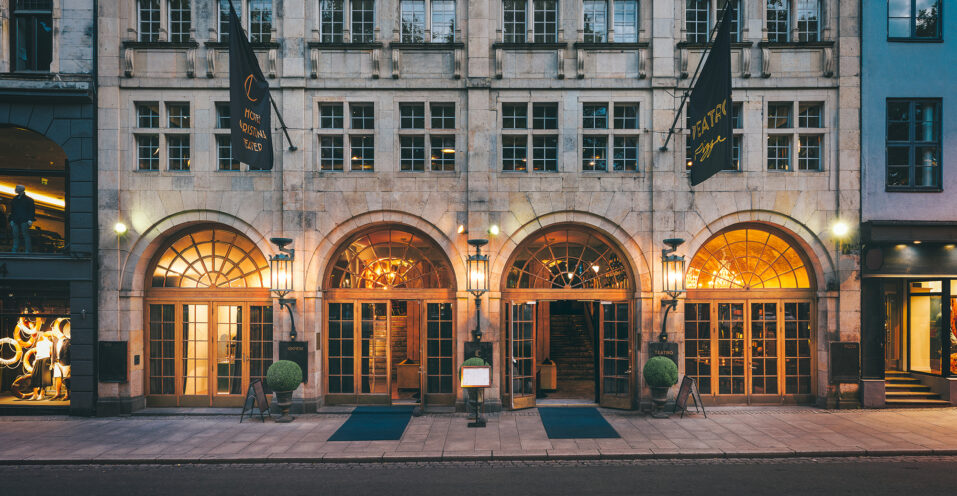
1921
Kirsten Flagstad as Amelia in “Maskeballet” at Opera Comique.
1941
Stortingsgata 16 under German occupation
1956
Torhild Lindal outside Det Norske Teateret.
1965
“West Side Story” performance at Det Norske Teateret.
1965
Det Norske Teaters sewing room.
1965
1967
Svein Erik Brodal on the mezzaninen in Det Norske Teateret.
1966
Stage rehearsal for the performance Tango at Det Norske Teatret.
1985
Opening of Filmteateret December 1985.
Photo: Vidar Ruud/Oslomuseum
